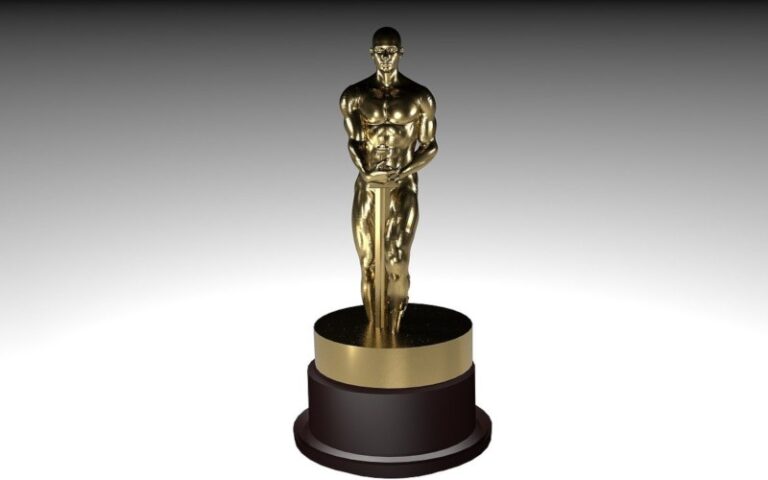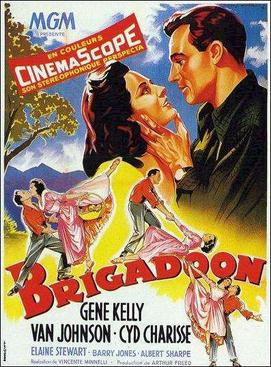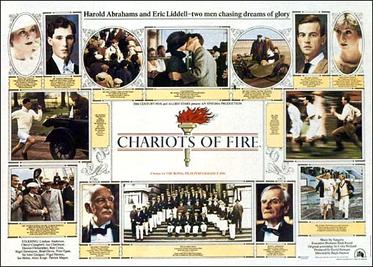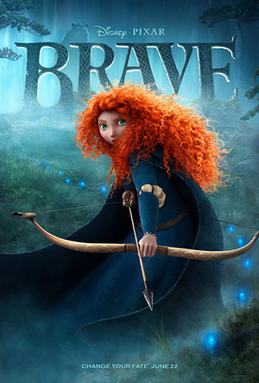by Catherine McKinley
FRANK LLOYD (1886 – 1960) The Academy of Motion Picture Arts & Sciences will hold their annual glitzy awards ceremony on February 9, 2020. It will be the 92nd ‘Oscars”but there may never have even been a first one without a Scotsman name Frank Lloyd. Born in Glasgow, Frank Lloyd was a founding member of the Academy, its president in 1934-1935 and a major proponent of holding an annual ceremony awarding trophies in various categories. He won two Best Director Academy Awards himself, one in 1929 for The Devine Lady, another in 1933 for Calvalcade. The awards were not called the “Oscars” until 1939. (The origin of the name is murky and has several theories.)
BRIGADOON – 1954 – is a musical fantasy about a Scottish Village, which its founders arranged, would appear for only one day every 100 years, in order to protect their treasured way of life from too much modern exposure.
Two 20th Century American tourists (Gene Kelly & Van Johnson) accidentally stumble onto it. There’s plenty of Scottish music, dance and colorful tartans. It was nominated for 3 Oscars: Best Art/Set Direction, Costume Design, Sound Mixing.
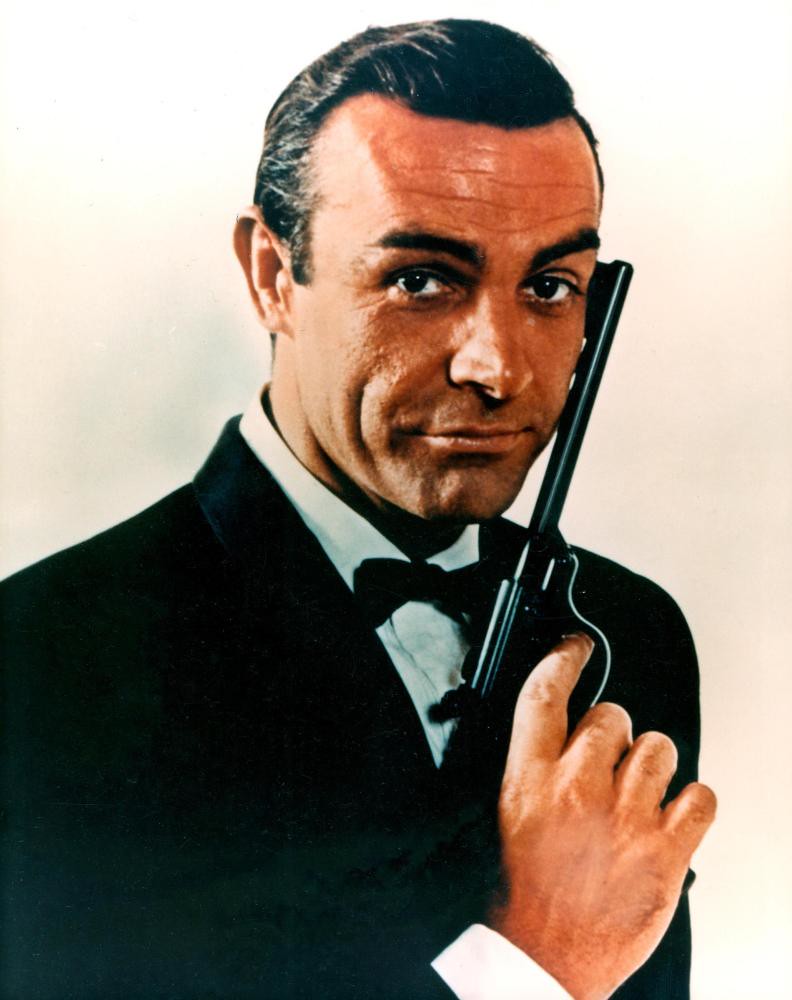
Source: https://www.flickr.com/photos/ateam/4231944680
License: https://creativecommons.org/licenses/by-sa/2.0/
SIR SEAN CONNERY (1930 – ) considered the most famous Scottish actor of all time, Sir Sean was the first ever James Bond (1962’s Dr. No). While frequently nominated, he won only one Oscar as Best Supporting Actor for 1987’s The Untouchables. He appeared, as 007, in a total of 7 James Bond films.
CHARIOTS OF FIRE – 1981 was the winner of 4 Oscars: Best Musical Score, Screenplay, Costume Design and Best Picture(!). It was filmed in West Sands, St. Andrews, Scotland. The story centers around two 1924 Summer Olympians including runner Eric Liddell, born in 1902, to Scottish Missionaries. He was called “The Flying Scotsman.” For an hour before his gold medal win in the ‘24 Olympics, the 51st Highland Brigade Pipe Band played outside the stadium. Scotland mourned when he died at the young age of 43 (brain tumor), leaving behind a widow and three children.
BRAVEHEART – 1995 – was highly successful at the box office, nominated for 10 Oscars, winning 5 including Best Director and Best Picture (!) despite some glaring historical inaccuracies. It’s about William Wallace (1270-1305), a Scottish Knight and Leader in the 1st War for Scottish Independence (1296 – 1328). In it, he wears a loose kilt. While tartans had been around for centuries already, the kilt would not become regular garb until 300 years later. The massive success of Braveheart is credited with a renewed interest in Scottish Independence. In 1997, Scottish voters, by referendum, chose devolution. Accordingly, the Scotland Act of 1998 re-established a Scottish Parliament. The first had ended with the Union Acts of 1707. In 2014, Scotland’s voters chose (55% – 45%) to remain in the U.K. after England promised more autonomy and local control.
BRAVE – 2012 – A description of this animated film opens with “those yanks do love an epic Scottish tale.” Featuring a female Scottish heroine, named Princess Merida, BRAVE was a success for Disney both at the box office and The Oscars winning Best Animated Feature (!). The plot revolves around Scottish Princess Merida who argues with her mother about defying the arranged marriage custom. When Merida seeks counsel from a witch, a form changing curse is put on Merida’s mother and brothers. Merida must use her courage and archery skills to restore normalcy.


